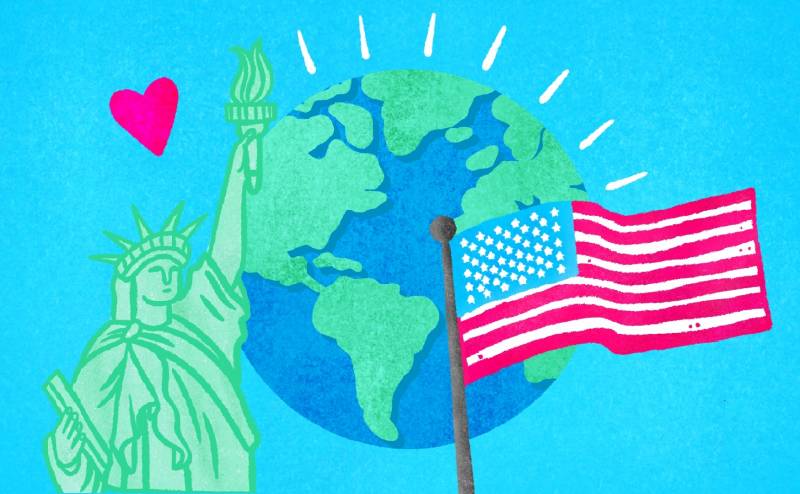Students can create a personal connection to environmental issues and build empathy with their peers from around the country by participating in the KQED Youth Media Challenge.
April 22 will mark 50 years of Earth Day, and environmental issues are on the minds of many young people. The Let’s Talk About Election 2020 youth media challenge, co-hosted with the National Writing Project and PBS NewsHour Student Reporting Labs, invites students from across the country to share personal commentaries on the issues that matter most to them. Climate change is by far the most popular topic. To kick off your Earth Day class discussions, we’ve chosen a few audio and video pieces that can be a great way to engage students in environmental issues related to climate change.
Ocean pollution, food webs and engineering solutions.
This video from a middle school student in Mississippi discusses how ocean pollution can affect humans both directly and indirectly. The student offers a potential solution of oil-eating bacteria that were discovered during the 2010 Gulf spill.
📹➡️📝This student points out that humans can be affected by oil spills through the food they eat, providing a perfect opportunity to discuss food webs and the interconnectedness of our ecosystems.
NGSS.DCI.LS2A – INTERDEPENDENT RELATIONSHIPS IN ECOSYSTEMS | NGSS.DCI.ESS3C – HUMAN IMPACTS ON EARTH SYSTEMS
📹➡️📝 Students can also research the oil-eating microbes that were discovered in the Gulf of Mexico. You can pair the student video submission with this 7-minute NPR clip interviewing one of the scientists who studied the microbe. Then, students can offer their own potential solutions to ocean pollution using the engineering design process.
NGSS.SEP.6 – CONSTRUCTING EXPLANATIONS AND DESIGNING SOLUTIONS
Individual actions can lead to policy change.
This audio piece from students in California considers how our own actions can create change both because of their direct cumulative impact and their influence on policy makers.
🎧➡️📝 Use this piece to inspire students to explore the ways in which humans can impact the environment both positively and negatively.
NGSS.DCI.ESS3C – HUMAN IMPACTS ON EARTH SYSTEMS | NGSS.CCC.9 INFLUENCE OF ENGINEERING, TECHNOLOGY, AND SCIENCE ON SOCIETY
Extreme weather events are happening more frequently.
This audio piece from a California high school student discusses the wildfires that have devastated the state for the past few years.
🎧➡️📝 This piece can be used to introduce a student project around investigating extreme weather events that may be impacted by climate change, such as tornadoes or flooding–that are having an impact on their local community.
NGSS.DCI.ESS3C – HUMAN IMPACTS ON EARTH SYSTEMS | NGSS.CCC.2 – CAUSE AND EFFECT
The big picture of climate change.
In this video, a student contemplates what the future might be like if our climate continues to warm.
📹➡️📝 This video will get students in a future-thinking mindset. Then, students can look at different climate models to predict what the world might look like given each of the scenarios in this IPCC report.
NGSS.DCI.ESS3C – HUMAN IMPACTS ON EARTH SYSTEMS | NGSS.DCI.ESS3D – GLOBAL CLIMATE CHANGE | NGSS.SEP.4 – ANALYZING AND INTERPRETING DATA
Climate change’s impact on society.
This video commentary explores how climate change can affect personal mental health and even increase political conflict over resources.
📹➡️📝 This video can kick off a student research project on the climate-driven factors of political conflict. This student cites many scholarly journal articles, including one from Science about the rise of conflict risk due to climate change, that students can use as a starting point.
NGSS.DCI.ESS3C – HUMAN IMPACTS ON EARTH SYSTEMS | NGSS.CCC.2 – CAUSE AND EFFECT
